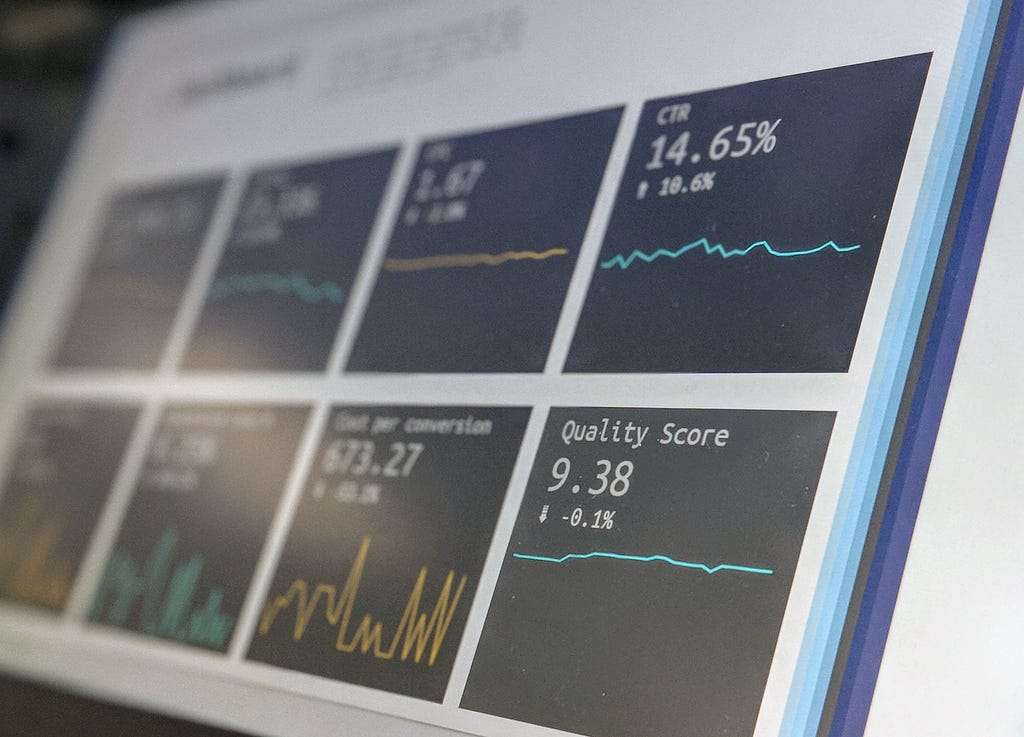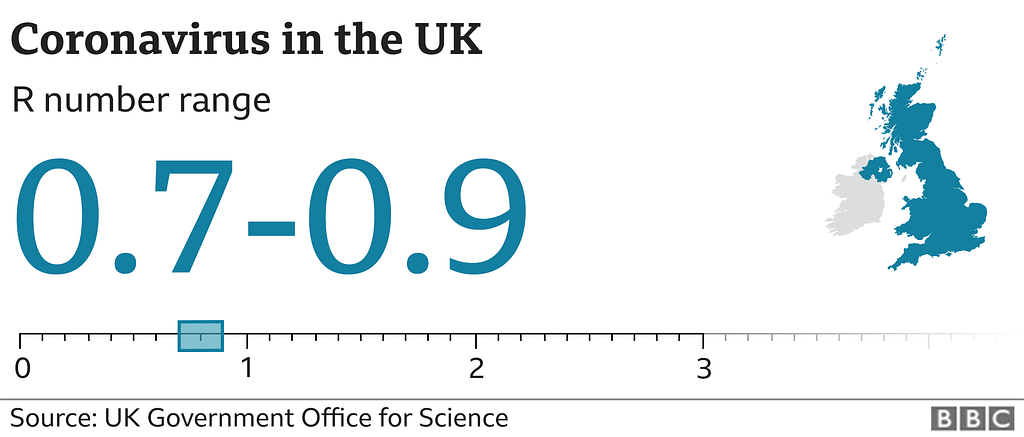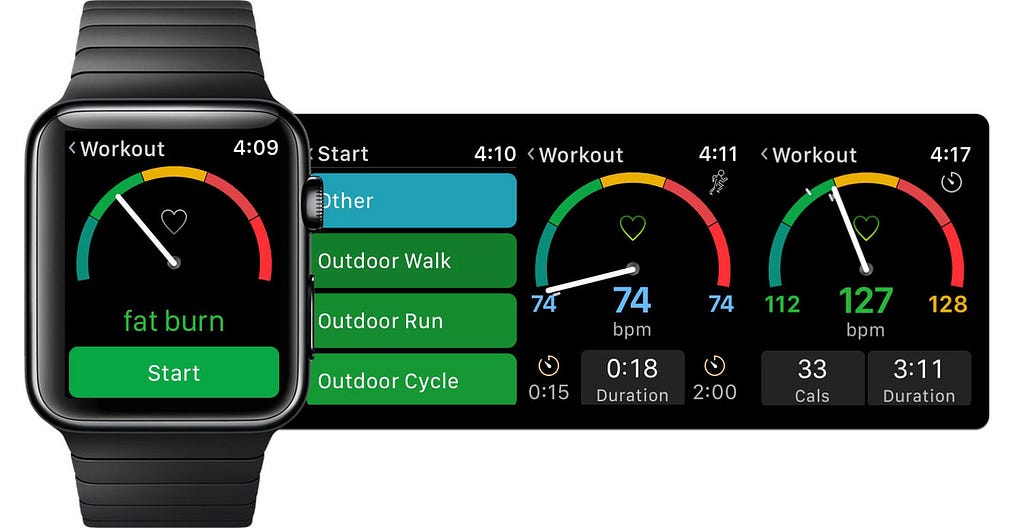An Excerpt from the Shift Construction Data Literacy Training course @ Shift (shift-construction.com)
Understanding Data Literacy
Data Literacy is a term used to describe the ability to source, comprehend, evaluate, and generate data. It’s all about employing data effectively to inform business decisions and influence positive outcomes. While it is important for an individual to be data literate, it is also important to understand how data literacy fits into wider organisational goals.

The Significance of Data Literacy for Businesses
Let’s start with an example;
Tesco, the British multinational groceries and general merchandise retailer, is one of the most significant data-driven companies in the UK. They utilize a customer data-driven marketing strategy that highlights the importance of data literacy. And there are few better examples of data being used in the right place at the right time.
In the mid-1990s, Tesco launched the Tesco Clubcard, a loyalty card scheme, which allowed them to gather large amounts of data about their customers’ buying habits. Loyalty cards had existed for centuries, but the key for Tesco was the advent of the internet, collecting data for every customer across the entire country and processing it centrally allowed Tesco to understand customer behaviours, preferences, and trends. Based on these insights, Tesco could tailor their marketing strategies, make decisions about stock control, and even decide where to open new stores. The success of the Clubcard and the data-driven approach to decision-making is often credited as a key factor behind Tesco’s growth into the UK’s largest supermarket.
However, to leverage the benefits of this data, Tesco needs data literate employees who can analyse and interpret the data. Data literacy allows them to turn raw data into actionable insights. Without this skill, the vast amounts of data collected would be of little use. They also need to push a data driven culture, after all what use is analytics if the till staff aren’t promoting the clubcard at the point of payment.
In addition, Tesco’s suppliers also benefit from being data literate. Tesco shares its data with suppliers to help them understand what products are popular, which can inform their production and distribution strategies. Thus, data literacy plays a crucial role in the entire supply chain, driving efficiency and productivity.
In this example, we can see that data literacy is not only important for data-driven decision-making within the company, but it also has a broader impact on other stakeholders in the business ecosystem. Tesco moved an entire market with their data driven innovation, buy a coffee, us an account to shop online, get points on your credit card

A Culture of Data Literacy
Promoting data literacy is not just a job for the IT department or data specialists — it’s an organisational endeavour. Providing training courses and resources to all employees is key to cultivating a culture of data literacy. While this commitment may require initial investment, the long-term benefits far outweigh the costs. Data literacy enhances the ability to question, analyse, and draw valuable conclusions from data, making the organisation competitive, compliant and well-prepared for the data-driven future.
In many organizations, each department has its own set of key performance indicators (KPIs) and metrics that it focuses on. These KPIs and metrics are often driven by data unique to each department. When employees across these departments are data literate, they have a better understanding of these data points and their implications. This understanding fosters mutual respect, aligns departmental goals, and promotes effective, data-driven communication.
Data literacy also ensures consistency in the interpretation of data. It reduces the risk of misinterpretation or miscommunication of data, leading to clearer, more precise exchanges of information. When everyone speaks the same ‘data language’, it enhances understanding, makes collaborations more productive, and avoids potential conflicts or misunderstandings.
Furthermore, data literacy can bridge the gap between technical and non-technical departments. For example, IT and analytics departments, who often work with complex data, can communicate their findings more effectively to other departments if there is a shared understanding of data principles. Likewise, departments that are traditionally less involved with data can provide valuable input and ask relevant questions when they are data literate, leading to more well-rounded business decisions.
The National Health Service (NHS) in the UK is a prime example of an organisation that heavily relies on data for decision-making, particularly in the realm of healthcare. This was put into sharp focus during the COVID-19 pandemic, which underscored the importance of data literacy at multiple levels.
The NHS collected a wide range of data related to the pandemic. This included not only infection rates, hospital admissions, and deaths, but also demographic information about those affected, capacity of healthcare facilities, effectiveness of different treatments, and many other data points. This collection of data formed a complex, multidimensional dataset that required advanced skills to decipher and make sense of.
Armed with this data, healthcare professionals, data scientists, and policymakers within the NHS could make informed decisions. These decisions encompassed the timing and severity of lockdown measures, how to best allocate scarce resources such as ICU beds or ventilators, and strategies for distributing vaccines to the population once they became available. These were crucial decisions that directly impacted the health and wellbeing of millions of people. Without the ability to understand and interpret the data on which these decisions were based, they would be essentially flying blind.
But the necessity for data literacy extended far beyond the decision-makers within the NHS. The data related to the pandemic was also released to the public in the spirit of transparency and to encourage compliance with safety measures. The British public was regularly presented with charts, graphs and tables representing everything from the daily infection rate to the R number.

Understanding this data was essential for the British public to grasp the severity of the situation and the importance of following guidelines and regulations such as social distancing, wearing masks, and getting vaccinated. The way the data was distilled meant that even those without significant data literacy could comprehend why certain measures were in place and make informed decisions about their behaviour to protect themselves and others.
Furthermore, public data literacy played a key role in promoting trust and adherence to public health measures. When people understand the data underlying public health decisions, they are likely to have more trust in those decisions and be more willing to comply with guidelines.
Data Literacy for the individual
Data literacy can benefit one on an individual level as well as a business organisation. It boosts personal productivity by aiding quick, accurate decisions and identification of trends and anomalies, freeing up time from repetitive tasks to focus on creative problem-solving.
For instance, a data literate individual looking to invest in stocks would be equipped to analyse financial data, identify market trends, and make informed investment decisions, thus potentially increasing financial success. It encourages continuous learning, keeping individuals relevant in a rapidly evolving technological environment, thereby providing a competitive edge in the job market.
Data literacy also improves interpersonal communication by fostering mutual understanding and enhancing collaboration and teamwork. It teaches ethical and responsible data use, promoting adherence to data protection regulations and respect for data subjects’ rights.
Individuals now have much more of an active role in the data they produce and consume, over the last 2 decades tools and systems have been created that allow us to track ourselves; including step counters, digital thermostats, electric smart meters, but nothing has gathered so much personal information in one place as the smart watch (for those that own one), take this example;
Lisa’s Apple Watch collects a variety of health data, including daily steps, heart rate, sleep patterns, and exercise routines. However, the raw data on its own is not inherently useful; Lisa needs to interpret it to make informed decisions.
With a basic understanding of data literacy, Lisa is able to analyse the data her Apple Watch collects. For example, she can compare her daily step count against her set goals and adjust her activities accordingly if she’s falling short. Similarly, she can monitor her heart rate data to understand how it changes with different types of exercises and ensure she’s working out within a safe and effective range.

The sleep tracking feature on her Apple Watch also provides her with detailed insights into her sleep patterns. By analysing this data, Lisa can identify any issues such as inconsistent sleep schedules or insufficient deep sleep stages, and take corrective actions, such as adjusting her bedtime routine or making changes to her environment for a better night’s sleep.
In this example, Lisa’s data literacy skills have a direct and positive impact on her wellbeing. They enable her to interpret the data her Apple Watch collects and use it to make informed decisions about her physical activities, sleep habits, and overall health.
Understanding Data Literacy in the Construction World
In construction, data literacy isn’t just about understanding numbers on a spreadsheet; it’s about converting those numbers into actionable tasks on a construction site, gauging the effectiveness of a construction method, or evaluating the suitability of a building material under specific conditions. Having a team that can read, analyze, and act on data can be the difference between a project delivered on time and within budget, and one fraught with costly overruns.
The Significance of Data Literacy for Construction Businesses
Imagine a construction firm working on a large-scale housing project. To efficiently allocate resources, they need data on a myriad of variables like weather patterns (to plan for potential disruptions), material delivery schedules, labor productivity rates, and machinery availability. A data literate project manager can adjust schedules and resource allocation in real-time, based on the data at hand, ensuring timely completion of the project.
Moreover, with advancements in technology, construction sites now generate vast amounts of data daily. Drones capture overhead images, sensors monitor concrete curing temperatures, and wearables track worker movements. Interpreting this data effectively can lead to safer construction sites, better quality control, and streamlined operations.
Data Literacy for Construction was originally published in Shift Construction on Medium, where people are continuing the conversation by highlighting and responding to this story.
